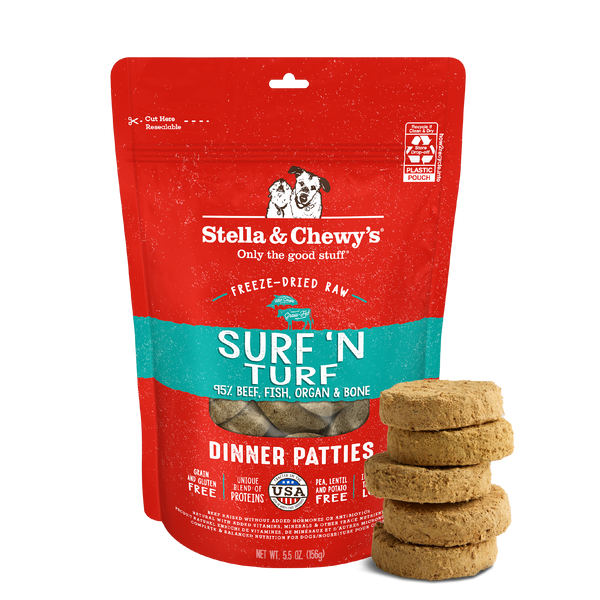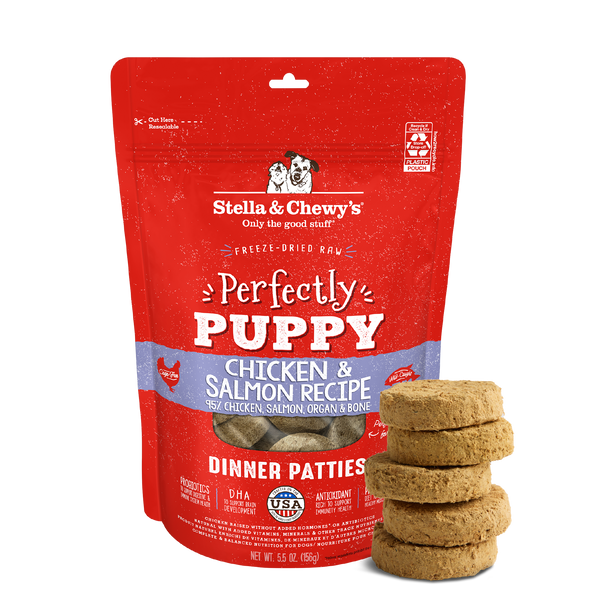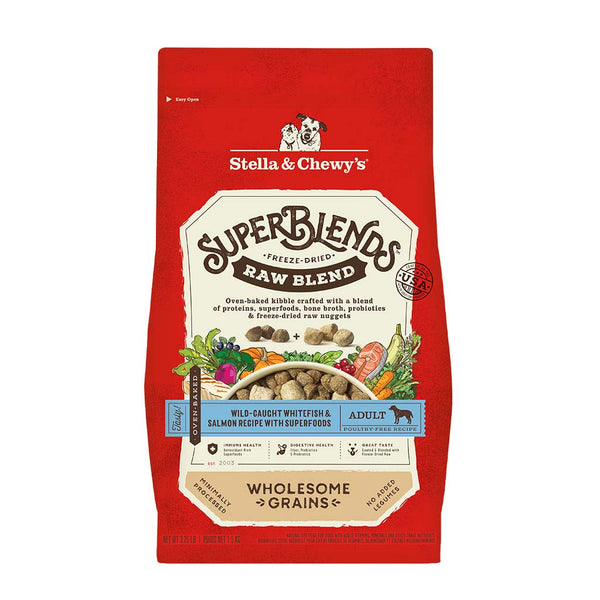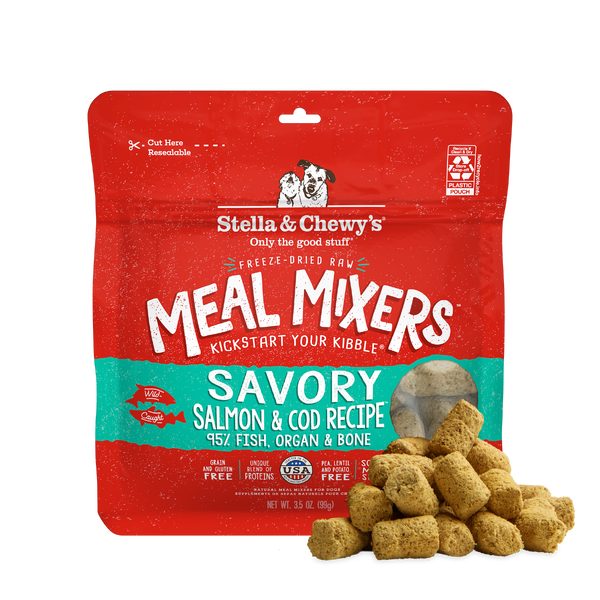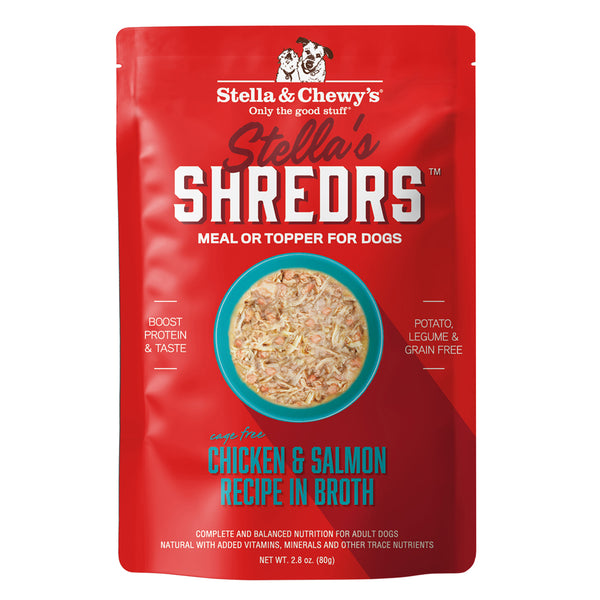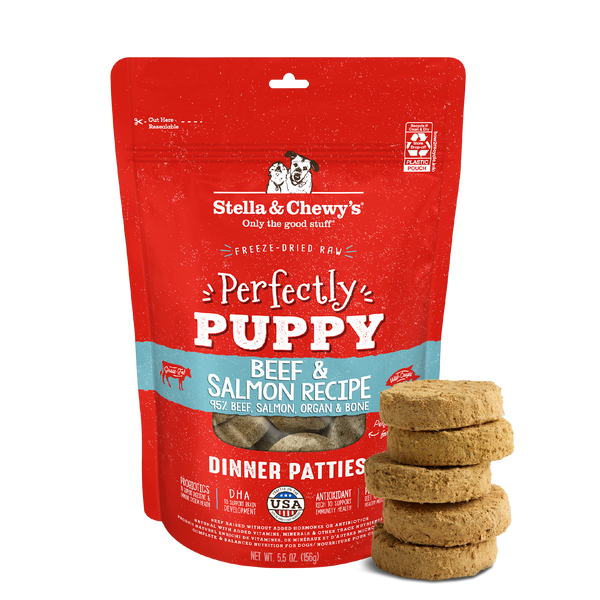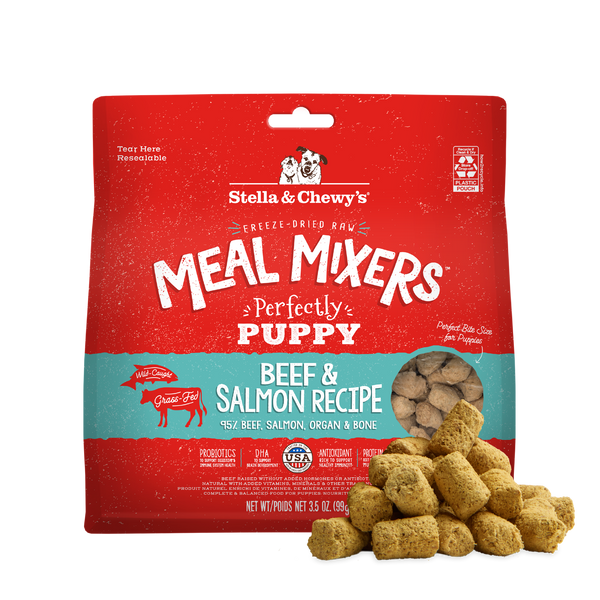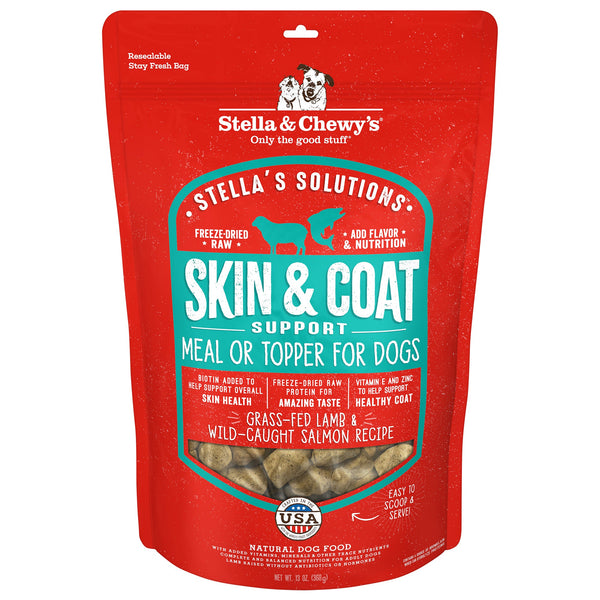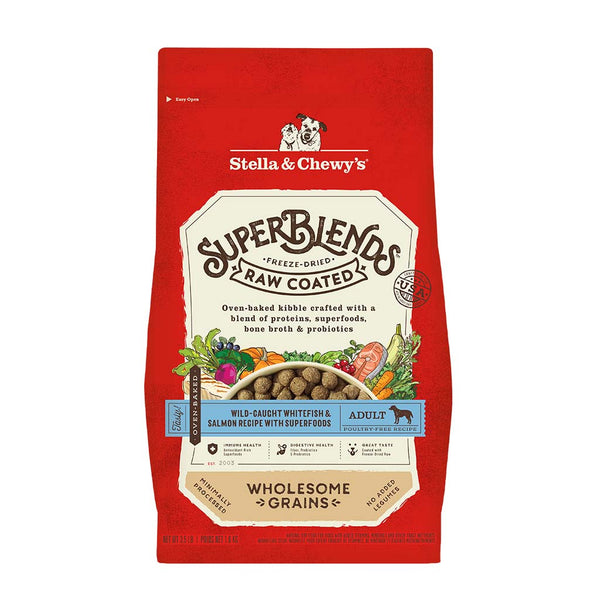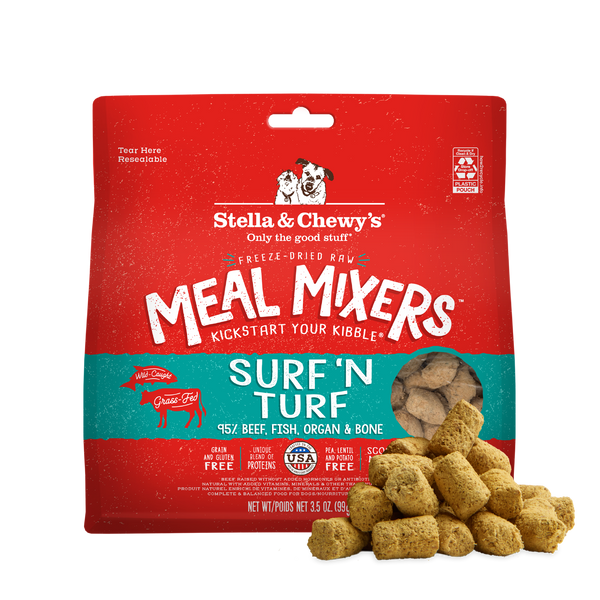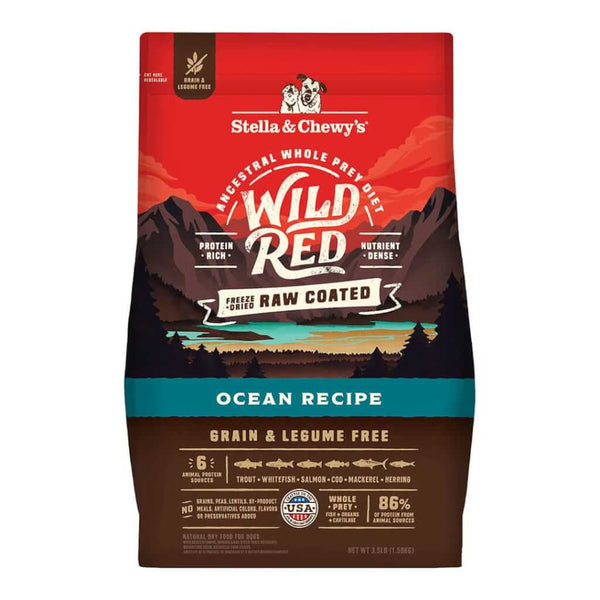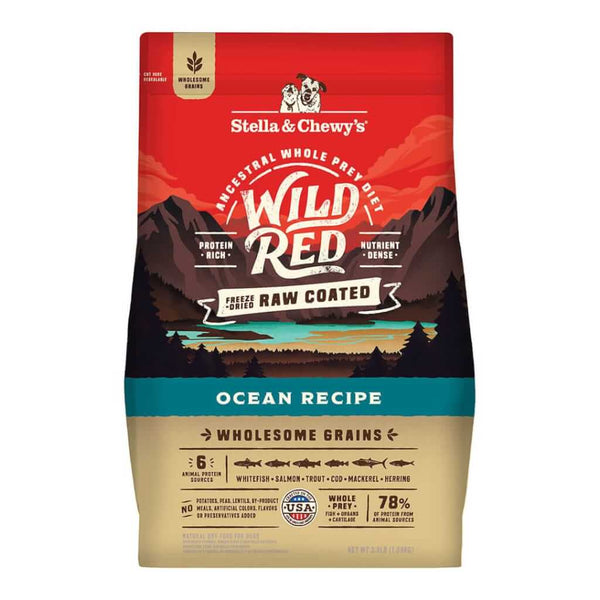Fish is generally safe for dogs to eat, and it can be a great source of lean protein and omega-3 fatty acids. In fact, some of the best dog foods on the market are made with fish!
However, there are some important precautions dog parents should take before feeding their pup the catch of the day.
Nutritional Benefits of Fish for Dogs
Fish is a great source of essential nutrients like amino acids that build muscle and high-quality protein your dog can easily digest.
Some types of fish offer benefits for a dog’s skin and coat in the form of omega-3 fatty acids, which are an essential piece of a complete and balanced diet. Fatty acids can also be helpful for dogs with inflammation, which can include arthritis and bowel issues.
Some dogs with allergies to common proteins such as chicken and beef can benefit from adding fish to their diet as a healthy, novel substitute. Even dogs without food allergies find that protein rotation fits into their regular feeding routine swimmingly.
Precautions when Feeding Fish to Dogs
Before feeding fish to your dog, make sure it’s safe for them to eat:
-
Remove Bones - Many fish have tiny bones that can cause choking and internal injury to dogs. Be sure all fish is completely deboned.
-
Avoid Raw Fish - You may love sushi, but feeding your dog uncooked fish can expose them to parasites, which can infect anyone who eats raw fish, including dogs and humans. Our raw dog food with fish has been safely treated using high-pressure processing (HPP).
-
Remove Organs - Technically a fish’s internal organs can be eaten, but they might contain bacteria and parasites, so it's safest to avoid organs altogether.
-
Avoid Mercury & Toxins - Mercury poisoning can lead to tremors, convulsions, blindness and loss of muscle control. It can be hard to know exactly how much mercury is in fish, but you can reduce risk by avoiding certain types most likely to have higher mercury levels.
-
No Fried or Breaded Fish - Delicious for humans, but adds excess calories and saturated fats to a dog’s diet. So, keep the fish sticks on your plate and out of your dog’s bowl.
-
Avoid Large Portions - As with anything you feed your dog, it’s important to keep it balanced and in moderation. Keep the fish portions small and you can avoid some of the dangers like mercury poisoning, which tends to happen over time.
If your dog enjoys eating fish, it’s best to opt for fresh, frozen or canned (in water, not oil), or dog food made with fish.
Best Types of Fish for Dogs
Wild-caught, smaller fish have less mercury than larger species harvested when they’re older.
Safest Fish
These fish tend to have high nutritional value and low mercury levels, making them the best seafood options for dogs:
-
Salmon
-
Whitefish
-
Cod
-
Flounder
-
Catfish
-
Trout
Feed with Caution
The following fish are nutritious, but they’re often harvested or packaged in ways that aren’t good for your dog. These include:
-
Herring - Many forms of herring for human consumption come in a heavy brine, which introduces sodium at levels that may be unsafe for dogs.
-
Sardines - Like herring, sardines are often packaged in high-sodium mixtures which can be harmful to dogs in all but the smallest quantities.
-
Tilapia - Be careful here: a lot of tilapia on the market is farm-raised which can introduce antibiotics. Tilapia farming areas with lower regulations may include toxins.
Fish to Avoid
It’s best to avoid serving your dog fish that tend to have higher mercury levels. These include:
-
Swordfish
-
Tuna
-
Shark
-
Tilefish
These types of fish are higher up in the food chain and have longer lifespans, which gives mercury more time to build up.
Can Dogs Eat Shellfish?
Both crab and lobster are safe for dogs to eat, as long as it’s prepared correctly: The meat must be cooked, obviously, and all parts of shells need to be removed. As tempting as it may be, and as delicious as it is for humans, don’t add butter, garlic or any additional seasoning to shellfish to be fed to dogs.
How to Safely Prepare Fish for Dogs
The best way to cook fish for dogs is baking, steaming or boiling (after it’s been deboned) and to serve only filets (the most protein-rich parts). When feeding fish to dogs, avoid seasoning, smoking or frying fish, all of which can upset your dog’s stomach.
Skin & Organ Meat
Organ meat is usually very healthy for dogs, but a fish’s internal organs and the surrounding fat are where the most mercury, parasites and toxins tend to build up, so you’re better off not feeding them to your dog.
Fish skin can be beneficial for dogs, but it must be cooked thoroughly, with all scales and fins removed. Skin is also high in fat, so it should be served in small portions!
What about Goldfish Crackers?
Obviously, Goldfish Crackers aren’t made with any fish products, but this question actually gets asked a fair amount!
In general, while an occasional single cracker probably won’t hurt a dog as long, as they don’t have a gluten allergy. But when it comes to sharing human snacks with your dog, the risks outweigh the benefits.
Goldfish crackers contain garlic and onion powder, which can be toxic to dogs. It’s best to find healthy, natural dog treats made with minimal ingredients.
Ask your Vet
In general, your dog can enjoy eating specific fish species that are thoroughly cooked and deboned as part of a healthy diet. But if you have concerns or questions about feeding fish to your dog, it’s always best to consult with your veterinarian.


